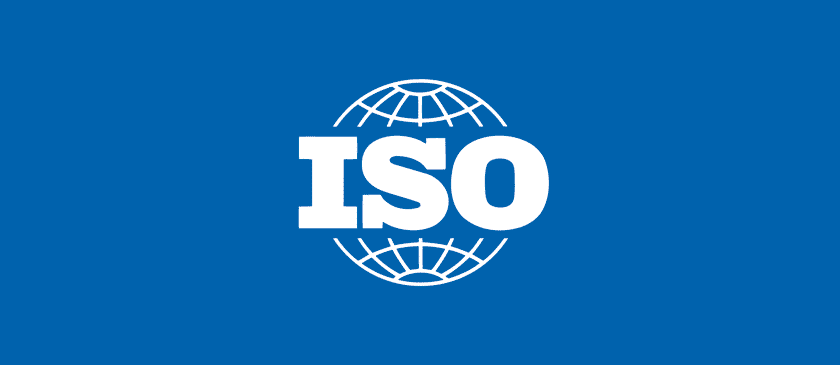
The International Organisation for Standardisation (ISO) in 2012 published a new high level structure, Annex SL, which is to be adopted by all future ISO management systems standards.
Several standards have been reissued following this structure including environment (ISO 14001), quality (ISO 9001) and safety (ISO 45001). Others are under review or development, such as ISO 50001 (energy management). This change alters the layout and sequence of sections in the standard and introduces new concepts. The revised structure of Annex SL requires all new and revised ISO management systems standards to follow this standard format and terminology.
The core text on Annex SL has ten high-level clauses (original spelling retained):
- Scope: The scope defines the intended outcomes of the management system. The outcomes are industry-specific and should be aligned with the context of the organisation (Clause 4).
- Normative references: Provides details of the reference standards or publications relevant to the particular standard.
- Terms and definitions provides common terms and core definitions
- Context of the organization
4.1 Understanding the organization and its context
4.2 Understanding the needs and expectations of interested parties
4.3 Determining the scope of the managements system
4.4 The management system - Leadership
5.1 Leadership and commitment
5.2 Policy
5.3 Organizational roles, responsibilities and authorities - Planning
6.1 Actions to address risks and opportunities
6.2 Management system objectives and planning to achieve them - Support
7.1 Resources
7.2 Competence
7.3 Awareness
7.4 Communication
7.5 Documented information - Operation
8.1 Operational planning and control - Performance evaluation
9.1 Monitoring, measurement, analysis and evaluation
9.2 Internal audit
9.3 Management review - Improvement
10.1 Nonconformity and corrective action
10.2 Continual improvement
Annex SL has a total of 45 “shall” statements resulting in 84 requirements.
This structure provides a standardised approach to management system standards by using identical subclause titles, text, and common terms and core definitions to facilitate the integration of several management system standards within an organisation’s business management system. It includes the Risk-based approach.
Annex SL requires that planning be done based on the organisation’s risks and opportunities (Section 6.1), which in turn should be derived from the organisational context and its internal and external issues (Sections 4.1 and 4.2). Annex SL requires consideration of risks to the organisation, with opportunities representing positive risks.
Many organisations implement more than one ISO standard, the most common being quality, environment and health and safety. The ISO standards relating to these subjects have all been revised or developed to conform to the structure of Annex SL, as shown in the linked table below. This enables an integrated management system that includes these standards to be more easily established, implemented and maintained, as a number of the clauses will be common to all three, and the common structure will aid integration. In the linked table below, the differences are provided in italics.
